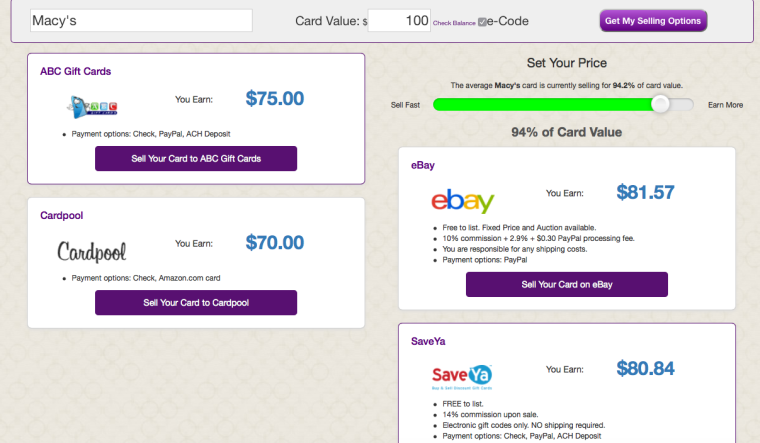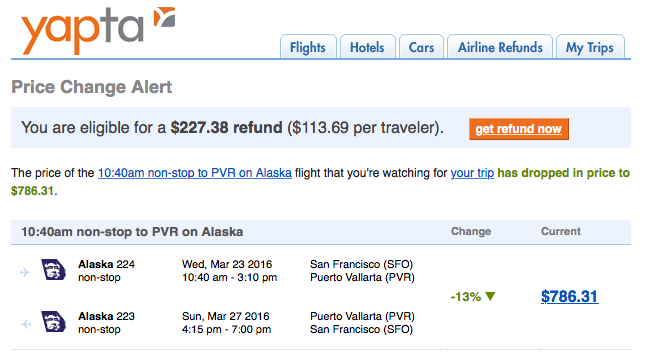Given the massive adjustments to Chase’ Ultimate Reward earning cards, I decided to adjust my strategy and pursue other cards and reward programs.
I still had an Ink Plus with a small points balance to liquidate prior to closing the card. Due to the overall negative program changes, the card was no longer worth the upcoming annual fee. The below documents my thought process.
My initial transfer choices were the following:
1. Southwest Airlines: 1,000 points = 1,000 Rapid Rewards Points
2. United Airlines: 1,000 points = 1,000 MileagePlus Award Miles
3. British Airways: 1,000 points = 1,000 Avios points
4. Korean Air: 1,000 points = 1,000 Skypass miles
5. Hyatt: 1,000 points = 1,000 Gold Passport points
6. Marriott: 1,000 points = 1,000 Marriott Rewards points
7. Priority Club: 1,000 points = 1,000 Priority Club Rewards points
8. Ritz-Carlton: 1,000 points = 1,000 Ritz-Carlton Rewards Points
9. Virgin Atlantic: 1,000 points = 1,000 Flying Club Miles
10. Singapore Airlines: 1,000 points = 1,000 KrisFlyer points
11. IHG: 1,000 points = 1,000 IHG Rewards Points
A. Filter out low redemptions.
First I filtered out the normally bad redemption rates, and that took out half the chart. For example, Marriott points are normally worth less than 1 CPM, so it would not make sense given the higher opportunities with UA (where you regularly get 3+ CPM redemptions). I’m left with WN, UA, KE, SQ, and Hyatt.
Step B (below) can come first, but the maximizer in me will regret a poor redemption, thus I filter out poor redemptions upfront to save myself the potential anguish later.
After understanding the program limitations and filtering for good valuations, I considered my future travel plans.
B. Understand how the miles can be used for your upcoming travel plans.
My mother has ANA miles that are about to expire in a couple of months, so I plan to use those miles for an Asia trip in early 2017. However, I only have enough miles for one person (ANA forces r/t travel generally). By the way, ANA Miles are one of the few mileage programs where miles expire regardless of activity, so set calendar reminders to use them! They expire 3 years after you earn them and you can check how many of your miles are about to expire on their website.
So how can I use WN, UA, KE, SQ, and Hyatt points?
I know that UA and SQ are *A partners with ANA, so I can potentially book the same flights for the Mrs. Alternatively, I can us the ANA miles for myself, and then use UA/SQ to fly the Mrs. and her mother since there is a chance she can join us. That way she doesn’t fly alone. If I transfer to UA, I know I will use those miles this year (and not worry since they won’t expire with my level of activity anyway). I can also use KE for that flight but I am not an expert of SkyTeam, so I filtered (self-limited) that out. Less choices is better on the brain.
I can always use WN miles since we travel on Southwest frequently (5-6 times annually). Furthermore, our Companion Pass doubles the CPM from ~1.6 to ~3.2 for the rest of this year.
Given my pleasant experiences with Hyatt Diamond status, I want to stay at more Hyatts this year. This is a great example of elite status reinforcing loyalty and driving business decisions. However I don’t have any upcoming destinations where lodging is needed (We will be staying with friends/family for many of our trips).
I can also transfer some points into each of those programs (to top off those accounts) if I calculate a particular redemption for upcoming travel.
C. Understand how this actions fits into your larger strategy and points balance.
If you had a surplus of points in any one of those transfer partners you may think twice before moving them over, especially if you don’t have immediate plans to redeem. All things being equal, a well diversified mileage currency strategy works better (just like with stock investments). You want to hedge against devaluations in any given currency.
I also want to consider the transfer options for my other flexible currencies. For example, Citibank is also a transfer partner to SQ, so I keep that in mind when pooling resources. I might want to save UR points for UA instead of SQ. Chase is the sole transfer partner for United, so even if I had a lot of United miles, I would consider the transfer given the difficulty of earning or lack of other transfer partners.
In another example, let’s say I have a lot of American Express Membership Rewards points to transfer. I would evaluate all of their transfer partners and discover that Delta Skymiles only allows transfers from MR or SPG Starpoints (Starpoints are very valuable and not easy to accrue). I may consider using MR points for Skymiles as a priority.
D. Consolidate and synthesize your findings. Then pull the trigger.
When you have multivariate decisions of this nature, where one thing is contingent on another, its good to think through the best and worst case scenario. Any transfer option between UA and WN would be good and immediately redeemable. Also, consider what decisions you can make now with your available knowledge, and what decisions require further analysis.
Often it is best to pull the trigger now, since I found that the law of diminishing returns is quite consistent when it comes to too much due diligence.
If I needed to pull the trigger right now as I’m writing this, I would transfer my remaining points to WN. I would be able to use all the points this year to visit family and maintain relationships.
If I had another 30 minutes, I would evaluate between UA and SQ, comparing their award charts for the Asia flight, as well as run test bookings to evaluate actual availability. Other family members have UR points, so this decision isn’t critical, but I want to set myself up for success and make the decision easier when time comes for redemptions.
For the sake of experimentation (and the hope that I can get higher than 3 cpm) I used 30 minutes to evaluated UA’s award chart and found that UA was more favorable for my upcoming trip. Thus, I transferred my points to UA.
What has been your experience transferring credit card points to airline partners?





 For this flight I can use BA Avios on Finnair, but the redemption isn’t the best use of the miles compared to the least expensive cash itinerary.
For this flight I can use BA Avios on Finnair, but the redemption isn’t the best use of the miles compared to the least expensive cash itinerary.






You must be logged in to post a comment.